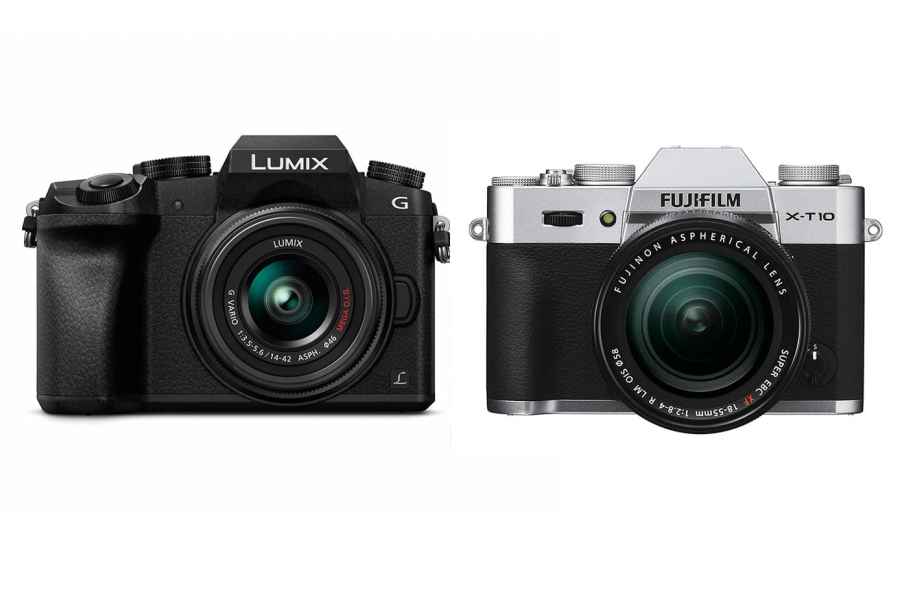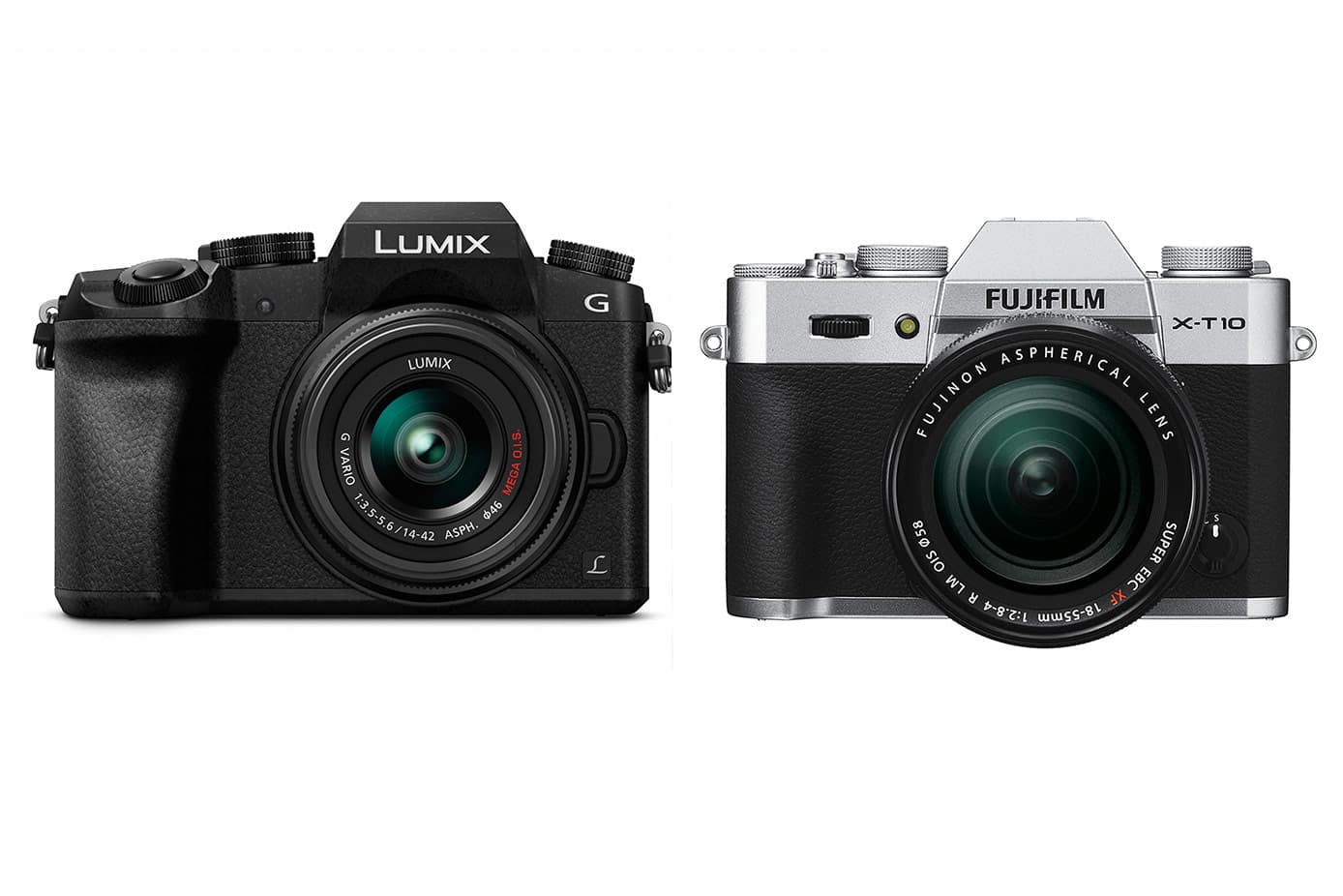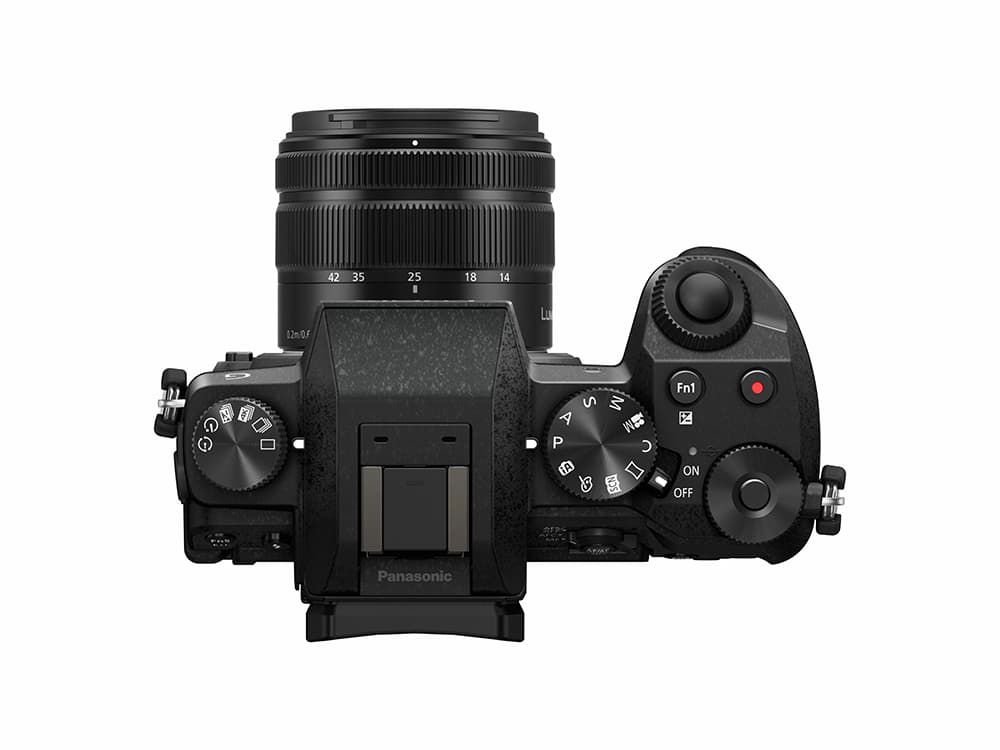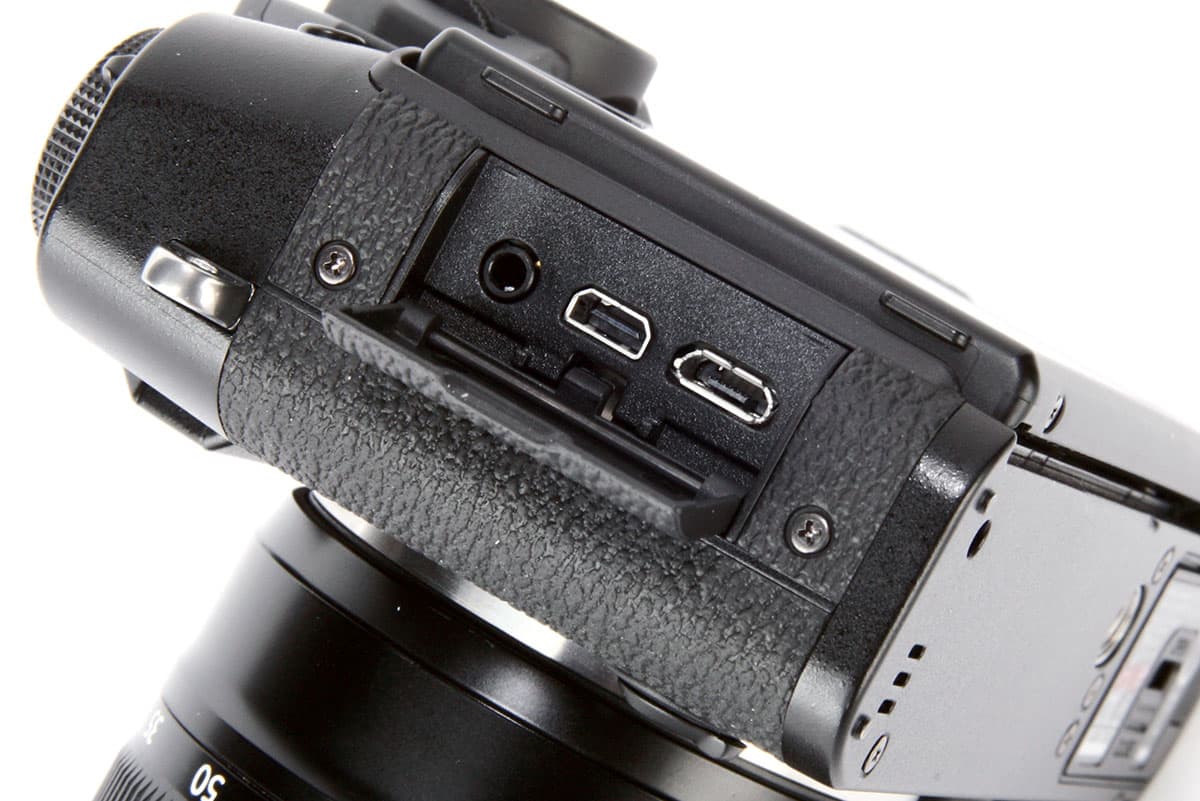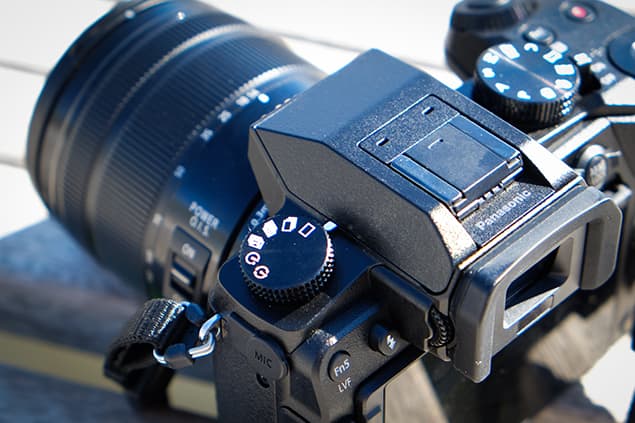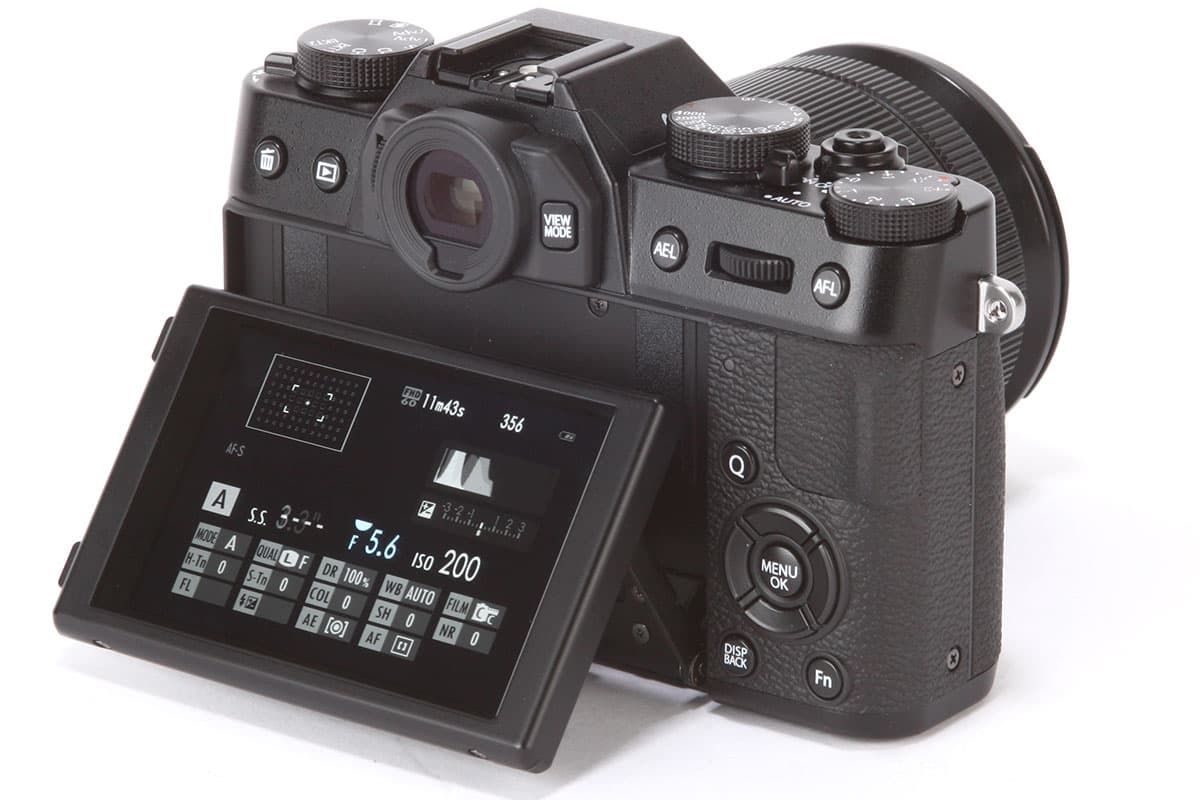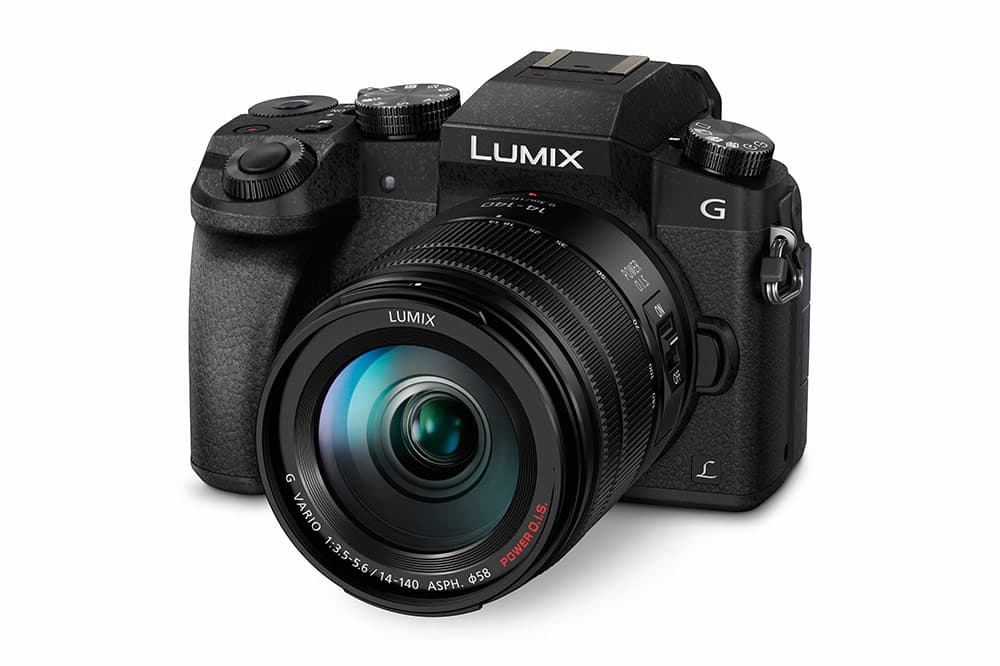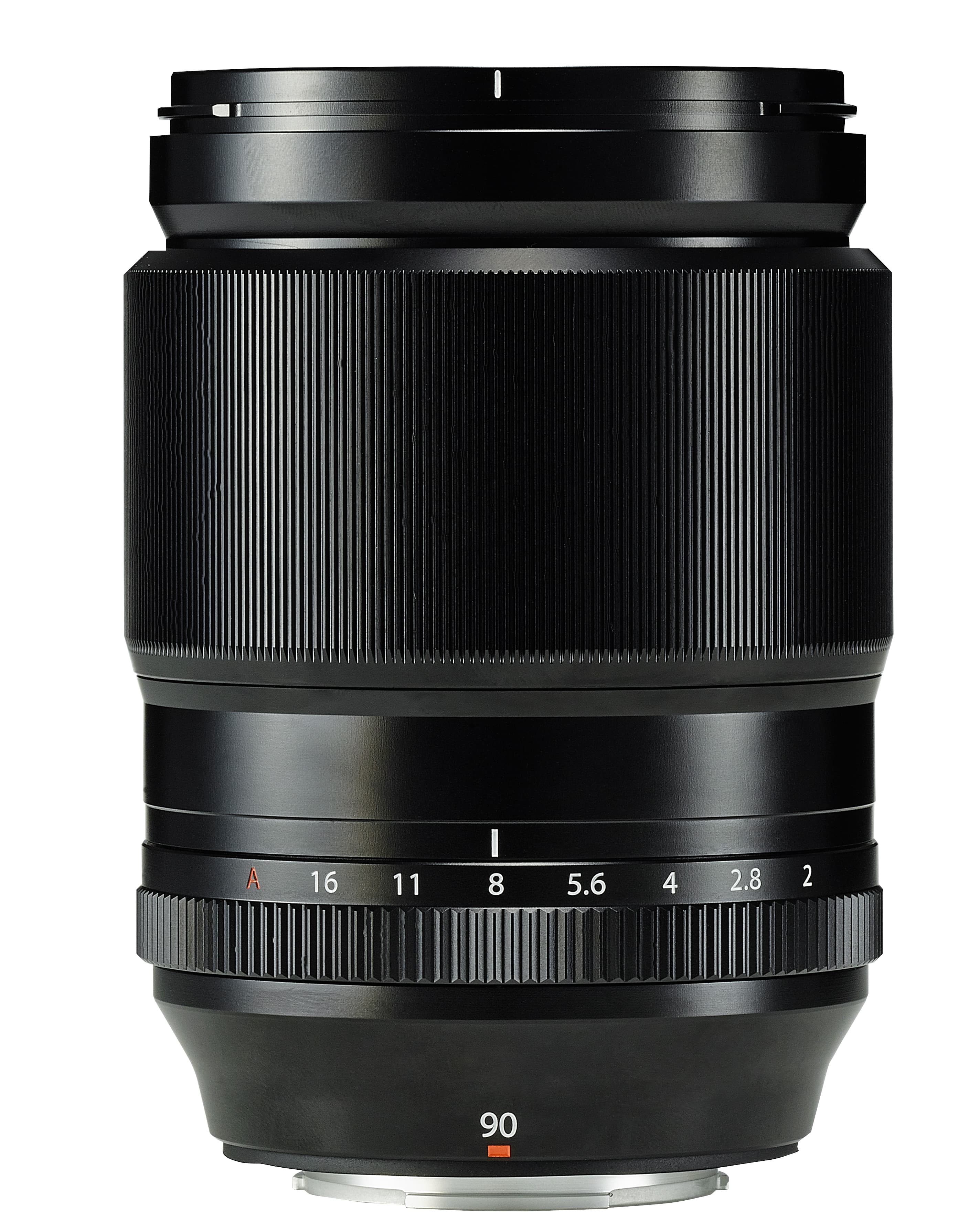We’ve just seen two new arrivals enter the fiercely competitive CSC market. First came the Fujifilm X-T10, which packs the imaging power of the beautiful X-T1 into a smaller body, at a smaller price to boot.
Hot on its heels came the Panasonic Lumix DMC-G7, a 4K-equipped CSC that uses its impressive video capabilities to bolster its options for stills photographers.
We’ve run through the key features of both cameras for our Fujifilm X-T10 versus Panasonic Lumix DMC-G7 direct comparison. Here’s what you need to know
1. Autofocus
The Fujifilm X-T10 brings a brand new autofocus system to the party (which has also been retroactively granted to the X-T1 via firmware). Employing the familiar 49-point Fujifilm grid as its baseline, this new system offers some sophisticated new modes for better tracking of moving subjects (something the X-T1 wasn’t especially gifted at).
New Wide Tracking mode uses an expanded 77-point grid that effectively covers the entire sensor, allowing the camera to keep moving subjects in focus. Also new is Group mode, which uses sets of AF points (3×3, 5×3, or 5×5) positioned in a specific area of the frame to keep subjects moving towards and away from the camera in focus.
On the Panasonic end, the Lumix G7 inherits the Depth From Defocus technology we’ve seen in previous Panasonic models, which augments the contrast-detect AF system. Depth From Defocus uses two images of different sharpness levels to calculate the distance to the subject, while also examining the surroundings of the composition.
This may sound like a long process but it all happens in a literal split second: the Panasonic Lumix G7 boasts a focus acquisition time of 0.07 seconds – basically the same as the Fuji’s 0.06.
2. Grip and Handling
Photographers who like their cameras to have a big tactile grip will likely be drawn to the G7, which has a fine example that makes it comfortable to hold.
In contrast, the X-T10 has a much smaller grip, and while it’s surprisingly comfortable to hold, it’s unlikely to be great with larger lenses. Fujifilm does provide optional accessories such as hand grips for its X-series cameras, and the X-T10 is no exception.
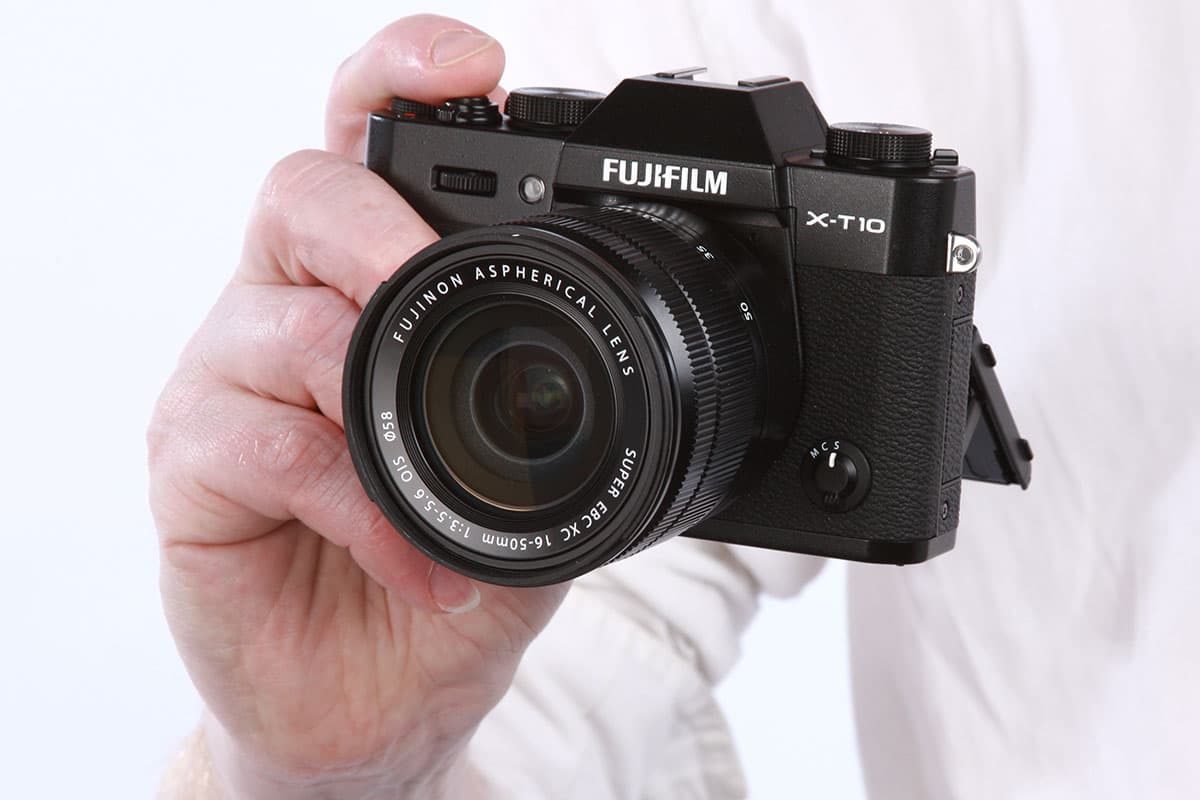
With its sculpted grip, the X-T10 feels secure in your hand as long as a long lens isn’t making it too front-heavy
However it’s worth noting that if you’re actually looking for a small, well-contained camera then the X-T10 is a great choice, as it packs a lot into a rather little body.
3. 4K Video
The X-T10 is capable of shooting full HD video at 60fps. This is fine, dandy and commendable, however the X series doesn’t have a great history when it comes to video. You can expect indivudal frames to be very colourful, but in all the wrong ways due to one of the quirks of the X-Trans sensor, which has atendency to create strange artefacts. The X-T10 also only has a 2.5mm mic jack compared to the conventional 3.5mm.
It is in any case somewhat eclipsed by the Panasonic G7, which joins many of its Panasonic stablemates such as the GH4 in being able to record 4K video.
Combined with its relatively friendly price point of £599, this gives the G7 its greatest asset – the fact that it represents an affordable path into 4K. For video shooters, this makes the G7 overwhelmingly the superior choice.
The 4K functionality isn’t exclusively of interest to video shooters, however, as we shall see imminently.
4. Continuous Shooting
At first glance this seems to be an even draw – both cameras can burst shoot at a maximum speed of 8fps.
However, one important point in the G7’s favour is its ability to extract 8-million-pixel stills from 4K video. Indeed, three modes have been added with precisely this process in mind – 4K burst shooting, 4K Burst (Start/Stop) and 4K Pre-burst.

This image is a still extracted from 4K video footage. We were able to scroll through and extract the exact moment we wanted
4K Burst Shooting allows up to 29mins and 59 seconds of continuous shooting at 30fps – you keep it going by holding the shutter button down, just as you would with regular burst shooting. 4K burst (Start/Stop) mode works in the same way except that it starts shooting with a single press of a shutter button, and stops with the second press.
Both of these modes capture enough footage to ensure you have tens of thousands of images to choose from, meaning there’s virtually no danger of missing the crucial moment.
Also available is 4K pre-burst mode, which automatically records 30 frames the second before and after the shutter is pressed, effectively giving you 60 chances to get the moment you want.
Some say that extracting stills from video is not ‘proper’ photography, and there’s arguably a case to be made there. For those who don’t object however, the G7 has more options and flexibility for capturing fast action.
5. Sensitivity and Noise
The X-T10 has an edge here, with a sensitivity range of ISO 100-51,200 that trumps the G7’s range of ISO 200-25,600 (expandable down to 100). Annoyingly though, for the X-T10 this is JPEGs only – the X-T10’s sensitivity is restricted to just 100-6400 in Raw format.
However, it’s worth noting that the G7 comes packing Panasonic’s refined Multi-process Noise Reduction (NR) system, which provides context-specific noise reduction and detail processing.
There’s also a newly added random filter which granulates chromatic noise, blending it into the image for more natural shots.
We’ll be able to closely examine just how well these functions perform when we subject the G7 to our full testing procedure.
6. Screen and Viewfinder
Viewfinder-wise the X-T10 borrows its centrally placed 2.36M-dot OLED unit from the X-E2, offering 0.62x magnification and 100% coverage. No complaints there. It has dioptre adjustment, as well as an eye sensor for automatic switching with the rear screen. It can also show extensive exposure information, including an electronic level and live histogram.
The G7 takes its unit from the GH4 – a 2.36-million-dot OLED live viewfinder, which offers a 1.34x (0.67x equivalent) magnification and provides a 100% field of view.
Like the Fuji version it can also display exposure information, and it’s worth noting that Panasonic isn’t using a field sequential display, so the G7 should be immune from the coloured ‘tearing’ that occurred when moving the camera in previous G-series cameras.
The rear screen of the X-T10 is a 3-inch, 920k-dot LCD, which can be tilted upwards by 90° for waist-level shooting, and downwards by 45° for high-angle shots.
Panasonic gains a bit of an edge here, with a 3-inch, 1040k-dot free-angle touchscreen, which can even be fully rotated for selfies.
The touchscreen funcionaltiy is useful in a number of ways – not only can it be used to pinpoint an AF target and adjust the size of the AF point, but it also ties in with the 4K Photo functionality by allowing the user to quickly scrub through their 4K footage for the best still.
7. Lens Mount and Range
Panasonic’s G7 is part of the Micro Four Thirds system, meaning it has access to a huge number of lenses, including many that are comparatively affordable. Panasonic currently offer 24 Lumix G lenses in its line-up, and being on the Micro Four Thirds system means users will also have access to Olympus lenses.
The Fujifilm X-T10, however, uses the X-series lenses. There are currently sixteen in the range and they are uniformly superb. This most recently includes the lovely-looking 90mm f/2 announced alongside it, slated for a July release.
The range of choice offered with Micro Four Thirds lenses is certainly welcome, but the X-series quality is just difficult to argue with.
We’re eagerly awaiting a chance to put both of these cameras fully through their paces when they arrive in the office for testing. For now, watch this space.

